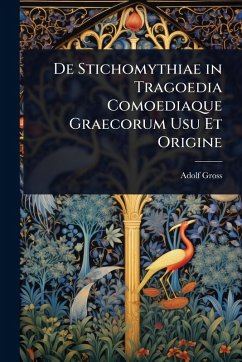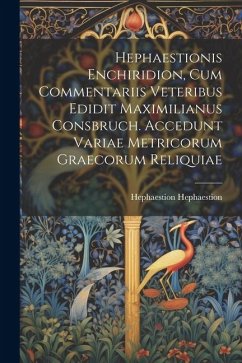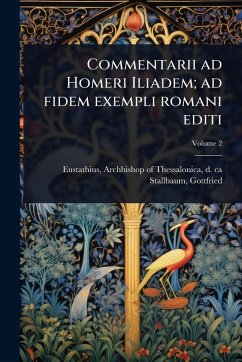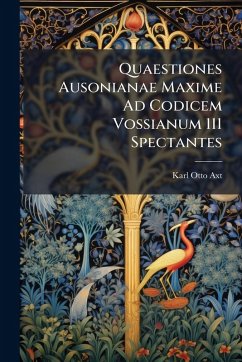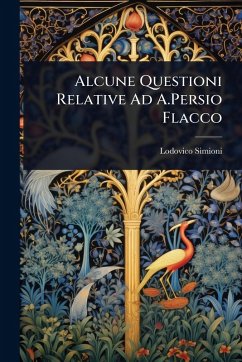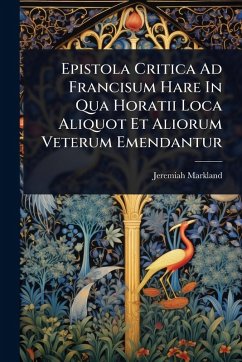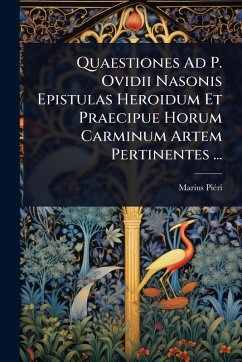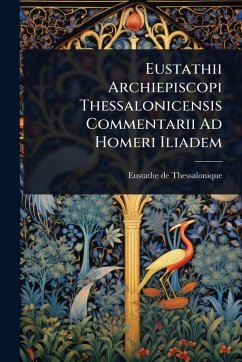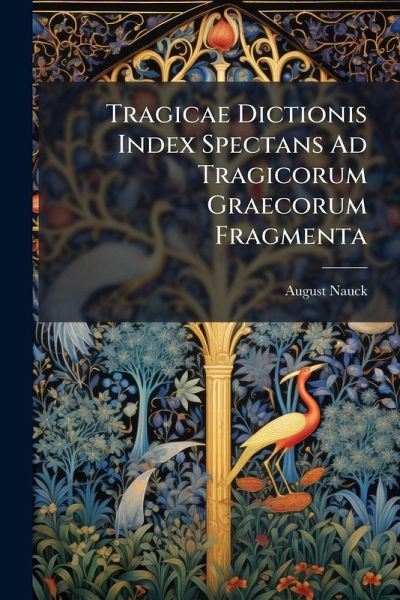
Tragicae Dictionis Index Spectans Ad Tragicorum Graecorum Fragmenta

PAYBACK Punkte
12 °P sammeln!
Tragicae Dictionis Index Spectans Ad Tragicorum Graecorum Fragmenta, compiled by August Nauck, is a comprehensive index of tragic diction found within the fragments of Greek tragedians. This meticulously crafted lexicon serves as an invaluable resource for scholars and students of classical literature, offering detailed insight into the language and style of ancient Greek tragedy. Published in 1892, this index provides an exhaustive compilation of words and phrases, facilitating a deeper understanding of the nuances and complexities inherent in the surviving fragments of works by playwrights s...
Tragicae Dictionis Index Spectans Ad Tragicorum Graecorum Fragmenta, compiled by August Nauck, is a comprehensive index of tragic diction found within the fragments of Greek tragedians. This meticulously crafted lexicon serves as an invaluable resource for scholars and students of classical literature, offering detailed insight into the language and style of ancient Greek tragedy. Published in 1892, this index provides an exhaustive compilation of words and phrases, facilitating a deeper understanding of the nuances and complexities inherent in the surviving fragments of works by playwrights such as Aeschylus, Sophocles, and Euripides. Nauck's work remains an essential tool for anyone engaged in the study and interpretation of Greek tragic texts, ensuring the preservation and accessibility of this significant aspect of classical literary heritage. This work has been selected by scholars as being culturally important, and is part of the knowledge base of civilization as we know it. This work was reproduced from the original artifact, and remains as true to the original work as possible. Therefore, you will see the original copyright references, library stamps (as most of these works have been housed in our most important libraries around the world), and other notations in the work. This work is in the public domain in the United States of America, and possibly other nations. Within the United States, you may freely copy and distribute this work, as no entity (individual or corporate) has a copyright on the body of the work. As a reproduction of a historical artifact, this work may contain missing or blurred pages, poor pictures, errant marks, etc. Scholars believe, and we concur, that this work is important enough to be preserved, reproduced, and made generally available to the public. We appreciate your support of the preservation process, and thank you for being an important part of keeping this knowledge alive and relevant.



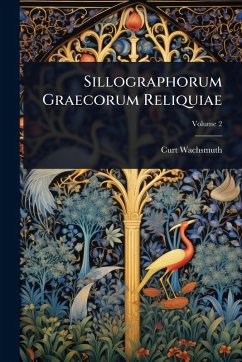
![Observationes CriticÃ] De Tragicorum GrÃ]corum Dialecto Cover Observationes CriticÃ] De Tragicorum GrÃ]corum Dialecto](https://bilder.buecher.de/produkte/74/74858/74858606n.jpg)
